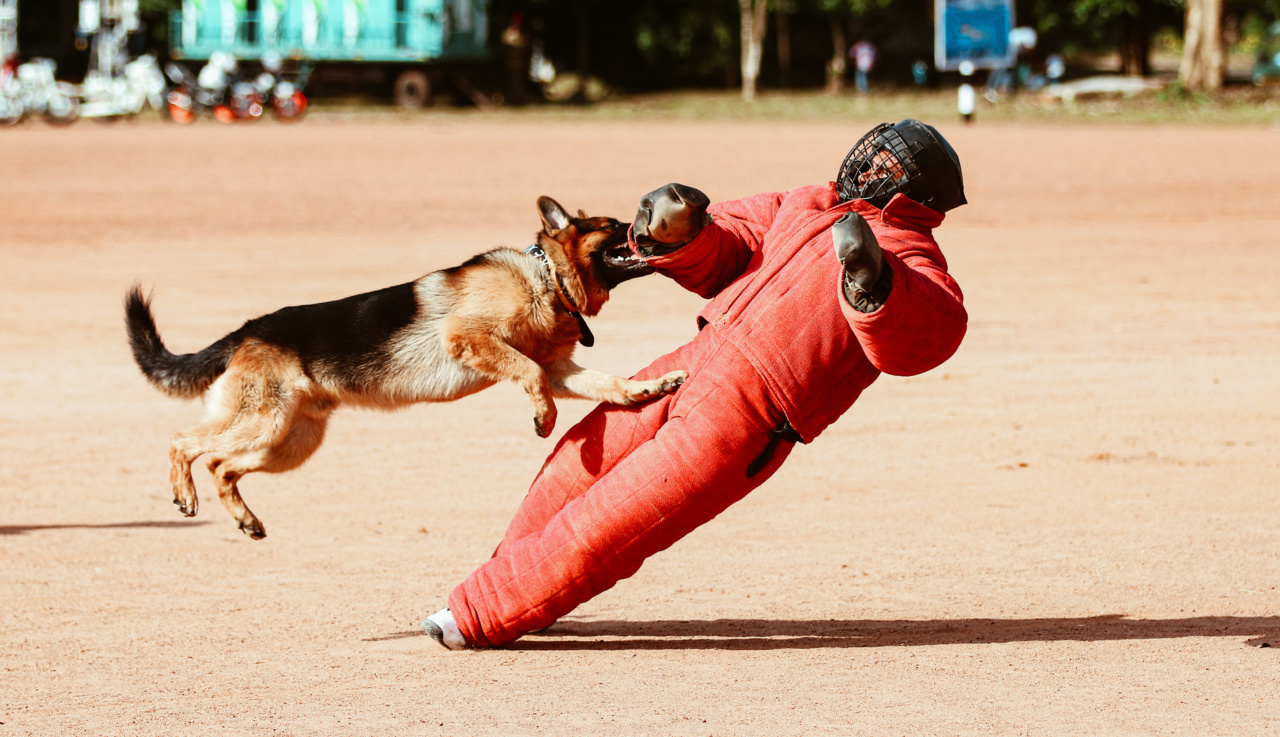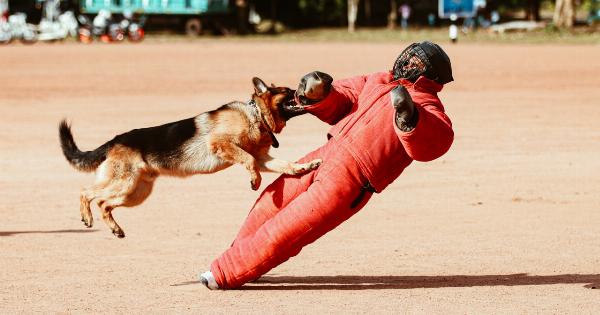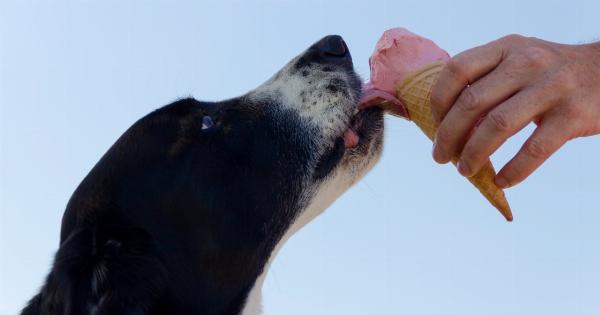Man’s best friend has long been recognized as a loyal and affectionate companion. However, even the most docile of dogs can exhibit aggressive behavior, especially when fear-driven.
Fear-driven dog attacks occur when a dog feels threatened or unsafe, causing it to lash out in self-defense. Understanding the triggers and patterns behind these attacks is crucial for dog owners, trainers, and the general public.
In this article, we will delve into the complex world of fear-driven dog attacks, shedding light on their causes, prevention, and handling.
Understanding Fear Aggression
Fear aggression is a defensive reaction displayed by dogs experiencing fear or anxiety.
This type of aggression can stem from a variety of factors, including past traumatic experiences, poor socialization, genetic predispositions, or a lack of proper training. Fear-driven aggression can manifest in many forms, such as barking, growling, lunging, or even biting.
Recognizing Fearful Body Language
Being able to identify signs of fear or anxiety in a dog’s body language is essential to prevent potential aggression. Some common signs include:.
- Tail tucking between the legs
- Body crouching or cowering
- Pinned-back ears
- Panting excessively
- Avoiding eye contact
- Averting head and body away
Triggers for Fear-Driven Attacks
Dogs may perceive various situations or stimuli as threats, triggering fear-driven attacks. Common triggers include:.
- Strangers or unfamiliar individuals
- Other dogs or animals
- Loud noises or sudden movements
- Physical discomfort or pain
- Being cornered or feeling trapped
- Protecting resources, such as food or toys
Preventing Fear Aggression
Proper socialization and training play a crucial role in preventing fear-driven aggression in dogs. By gradually exposing dogs to various people, animals, and environments, they are more likely to feel secure and less prone to fearful reactions.
Early socialization during puppyhood is particularly important, as it sets the foundation for a well-adjusted and confident adult dog.
Counterconditioning and Desensitization
Counterconditioning and desensitization are effective techniques used to modify a dog’s response to fearful stimuli.
Counterconditioning involves pairing the feared stimulus with positive experiences, gradually shifting the dog’s emotional response from fear to relaxation. Desensitization, on the other hand, involves systematically exposing the dog to the feared stimulus at a low intensity, gradually increasing it over time.
Professional Training and Behavior Modification
Seeking professional help from a certified dog trainer or behaviorist is crucial for dogs exhibiting fear aggression. These experts can assess the underlying causes of the aggression and develop a comprehensive behavior modification plan.
Using positive reinforcement techniques, they can help the dog overcome fearful behaviors and build confidence.
Managing Fear-Driven Attacks
When facing a fear-driven dog attack, it is essential to prioritize safety for both humans and the dog involved. Here are some guidelines to follow:.
- Stay calm and avoid making sudden movements or loud noises that could further escalate the situation.
- Do not run away, as the dog may perceive it as prey behavior and chase after.
- Avoid direct eye contact, as it may increase the dog’s agitation.
- Try to create distance from the dog by moving slowly and sideways, allowing the dog an escape route.
- If bitten, clean the wound immediately and seek medical attention if necessary.
The Importance of Responsible Dog Ownership
Preventing fear-driven dog attacks begins with responsible dog ownership. This includes:.
- Providing proper socialization and training from an early age.
- Ensuring regular veterinary care to address any underlying health issues.
- Following leash laws and using appropriate restraints when in public.
- Supervising interactions between dogs and children.
- Properly securing fencing and gates to prevent escape or encounters with strangers.
Spreading Awareness and Education
Increasing public awareness and education about fear-driven dog attacks is crucial for preventing future incidents.
Encouraging responsible dog ownership, promoting positive training methods, and dispelling myths surrounding certain dog breeds are some key steps. By fostering a culture of understanding and empathy, we can create safer environments for both dogs and humans.




























